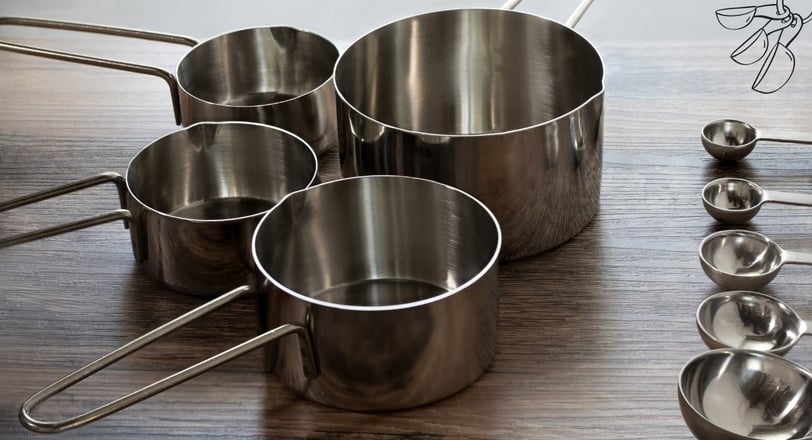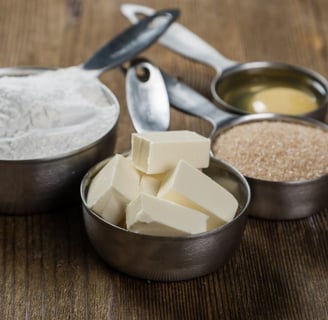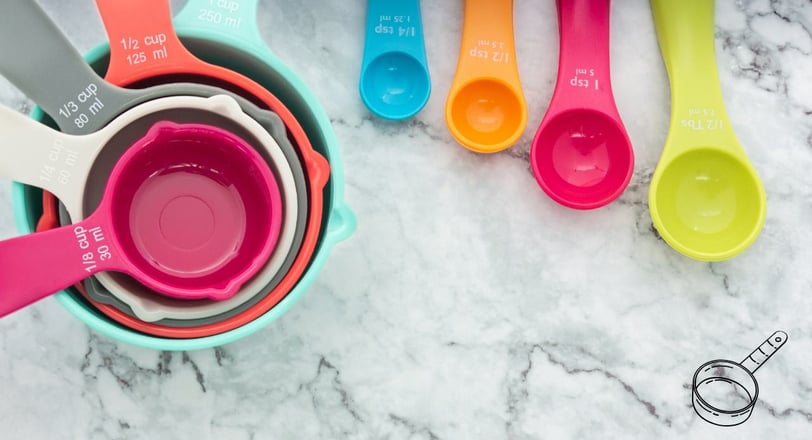Measuring cups
Measuring cups are one of the most important tools in your kitchen. Correct measuring is essential when making recipes, whether you're cooking or baking. Let me explain what you need to know about correct measuring cup usage and how to make 2/3 cup and 3/4 cup with measuring cups in this article.
What is a Measuring Cup?
For measuring liquids and bulk ingredients like sugar or flour, use a measuring cup. They work well with volumes up to around 50 mL, or roughly two fluid ounces. Even measuring liquid or powder laundry detergents is another use for them. Measuring cups usually come with markings in both cups and fractions of cups, as well as milliliters, fluid ounces, and sometimes even the weight for ingredients like flour and sugar.
Measuring cups come in different materials—plastic, glass, and metal. If you use a transparent cup, you can easily see the measurement from the outside. But if you're using metal, you'll need to check markings inside or use a dipstick.
Measuring Cup Capacities
Most measuring cups range from 250 mL (about 1 cup) to 1000 mL (4 cups, or 1 quart). For bigger batches, commercial measuring cups can handle even larger amounts. By filling the cup to the proper level, the lines on the side assist you in taking precise measurements.
You may come across sets of dry ingredients that are sized 1/4, 1/3, 1/2, and 1 cup. Because dry measuring cups are meant to be filled all the way to the top, you can scrape off the excess to get an exact measurement. However, liquid measuring cups are frequently clear and safe to use in the microwave, so you can see the meniscus(the curve at the top of the liquid) and take accurate measurements.
Understanding Scales on Measuring Cups
There are scales on measuring cups that measure in milliliters, quarts, or ounces, among other units. Even teaspoon and tablespoon equivalents are included in some sets. It is simpler to measure multiple ingredients without using different tools due to these extra markings.
Why Accuracy Matters
Accurate measuring is important in baking because minor adjustments can have a big impact on the result. Making accurate measurements with measuring cups increases consistency and increases the possibility that any dish will turn out well.
You may prepare yourself for success in the kitchen by learning how to use measuring cups, whether you're baking a cake, making a sauce, or trying out a new recipe.


Dry Measuring Cups
Not all dry ingredients behave the same way when measured by volume. For example, 1 cup of sifted flour weighs around 100 grams (3½ oz), while the same cup of flour, if scooped directly from the container, could weigh as much as 140 grams (5 oz).
This is especially important for baking, as accuracy is the key. When measured by volume, some ingredients. like sugar. tend to be more consistent, but others like shredded cheese or chopped vegetables can vary widely because they compress differently.
When baking or other tasks requiring accuracy, it is usually preferable to weigh ingredients rather than measure them by volume. This removes the guesswork and ensures that your dish serves out perfectly.
Dry Measuring Cups vs. Liquid Measuring Cups
When measuring liquid and dry ingredients, there are differences to be aware of, and it is essential to use the right cup. For items like flour and sugar, use dry measuring cups that should have a level surface. Liquids are measured in cups with a spout, which make pouring easier. Measuring exactly is made simpler by checking the side of the cup.
Why Separate Measuring Cups for Dry and Wet Ingredients?
It’s important to use the right measuring cups for dry and wet ingredients. Dry measuring cups are designed to be filled to the top and leveled off, while liquid measuring cups often have a spout for easy pouring. This makes it easier to transfer liquids without spilling and ensures you’re getting the right amount.
The Benefits of Measuring Cups and Spoons
Spoons and measuring cups are essential kitchen tools. Exact proportions are essential for creating a perfect dish, whether you're baking or cooking. Especially when it comes to baking, small differences in measurement can have a big impact on the final result. You can make sure you're using the correct amount of each item by using measuring cups and spoons.
Your Go-To Guide For:
Teaspoon and Tablespoon: Key Differences and How to Measure Correctly ↗


How to make 3/4 cup with measuring cups
Measuring 3/4 of a cup can be tricky because most measuring cup sets don’t include a 3/4 cup. However, there is an easy solution:
Use a 1/4 cup three times. It’s that easy! Just measure 1/4 cup, pour it in, and repeat two more times. Due to the fact that 1/4 + 1/4 + 1/4 = 3/4, you will have exactly 3/4 cup.
How to make 2/3 cup with measuring cups
Using a measuring cup that is clearly labeled as 2/3 cup is the simplest method for measuring 2/3 cup. In case that you don't have it, you can combine smaller measurements. There are two methods to follow:
Use 1/2 cup + 2 tablespoons, or
Use two 1/3 cups (1/3 + 1/3 = 2/3).
To get the most accurate measurements, make sure to use different measuring cups for liquid and dry ingredients.
Measuring Dry Ingredients
Here's how to measure dry materials like flour, sugar, or cocoa powder accurately:
The ingredient should be gently spooned into the measuring cup. Avoid packing it too full.
Fill the cup just above the rim.
To ensure that the amount is exact, level it off with a knife or other straight-edged tool.
Measuring Liquid Ingredients
Measuring liquids like milk, water, or oil is a little different. Follow these steps:
Place your measuring cup on a flat, level surface.
Pour the liquid until it reaches the 2/3 cup mark (or use the combination measurements I mentioned earlier).
Check the liquid measurement at eye level to make sure it’s accurate.




